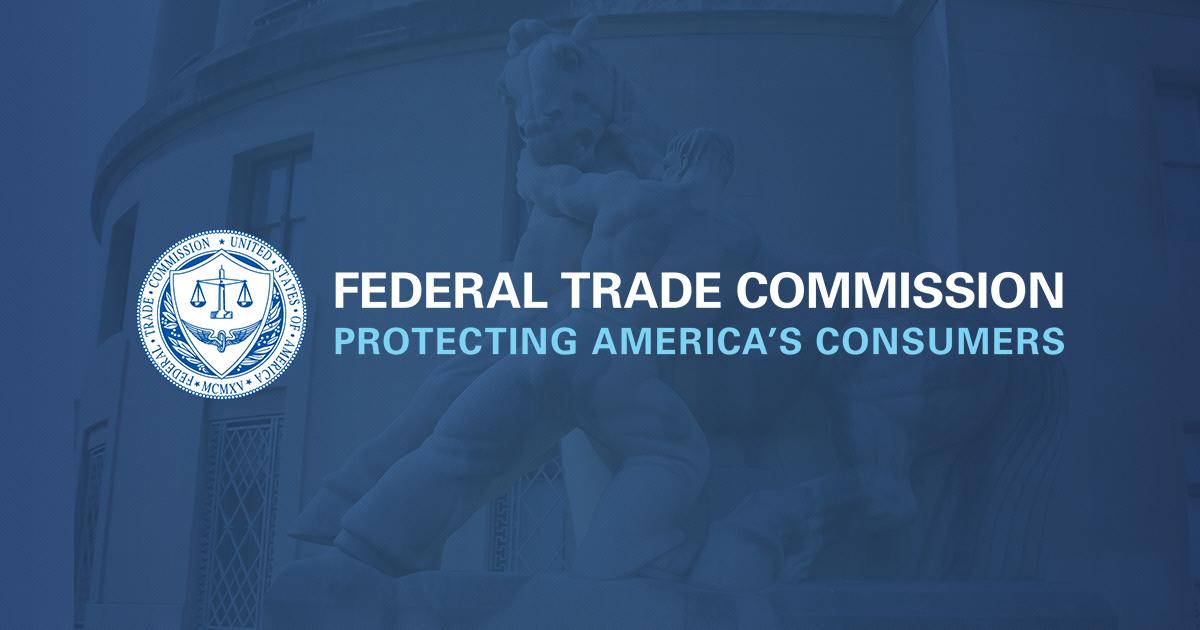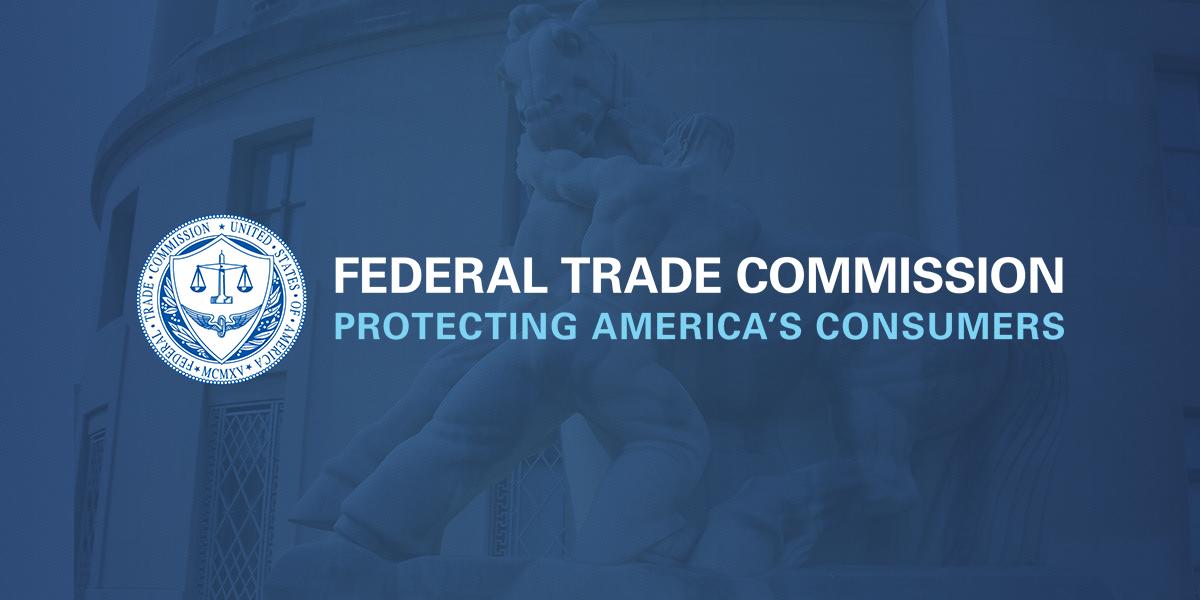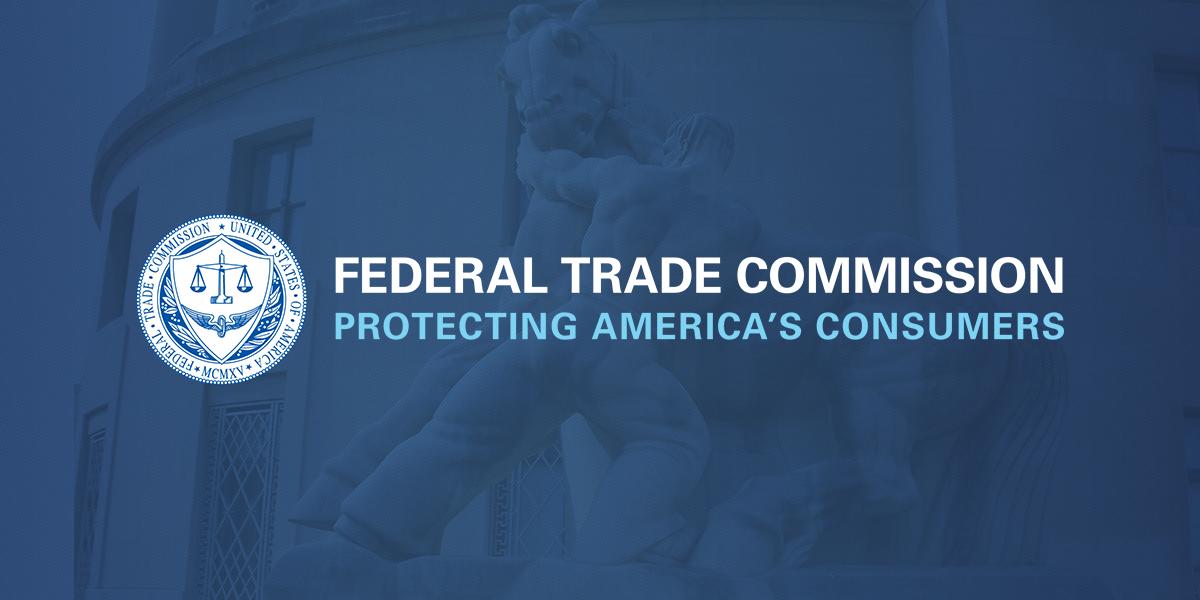HSR threshold adjustments and reportability for 2021

HSR threshold adjustments and reportability for 2021
When Congress passed the Hart-Scott-Rodino Antitrust Improvements Act of 1976, it created minimum dollar thresholds to limit the burden of premerger reporting. In 2000, it amended the HSR statute to require the annual adjustment of these thresholds based on the change in gross national product. As a result, reportability under the Act changes from year to year as the statutory thresholds adjust. The PNO fields many questions about the upcoming adjustments to the HSR thresholds from parties whose transactions may take place around the time of the revisions.
The Commission recently announced the new HSR thresholds, which will become effective on March 4, 2021. The following rules-of-thumb should help parties determine the relevant thresholds and any resulting reporting obligations that apply based on when the filing is made, when the transaction closes, and when the thresholds adjust.
Rule 1: The correct threshold for determining reportability is the one in effect at the time of closing.
The most significant threshold in determining reportability is the minimum size of transaction threshold. This is often referred to as the “$50 million (as adjusted)” threshold because it started at $50 million and is now adjusted annually. For 2021, that threshold will be $92 million. To determine reportability for a deal that will close around the time that the new threshold is effective, look to what the $50 million (as adjusted) threshold will be at the time of closing. For example, a deal valued at $93 million which will close on or after March 4, 2021, is reportable because it is above the new minimum size of transaction threshold, even though it does not exceed the current threshold of $94 million.
Rule 2: The filing fee is determined by the value of the transaction at the time of filing.
If you determine that a transaction is reportable, the filing fee should be based on the filing fee threshold that is in effect at the time of filing. Note that the filing fees themselves do not change, only the thresholds for calculating the correct fee. Here are the new filing fee thresholds, effective on March 4, 2021:
|
FEE |
Size-of-Transaction |
|
$45,000 |
valued in excess of $92 million but less than $184 million |
|
$125,000 |
valued at $184 million or greater but less than $919.9 million; or |
|
$280,000 |
valued at $919.9 million or greater |
Rule 3: Notification thresholds for subsequent purchases adjust yearly, too.
The HSR Rules contain additional notification thresholds that relieve parties of the burden of making another filing every time additional voting shares of the same person are acquired. So, when HSR notification is filed, the acquiring person has one year from the end of the waiting period to cross the threshold stated in its HSR filing. Under Section 802.21, you must cross the threshold stated in the filing within one year after the end or termination of the waiting period, or you will have to file a new HSR notification in order to cross that threshold. Section 802.21 also specifies that once the filed-for waiting period ends or terminates, you can acquire up to the next threshold over the next five years without filing again.
Here’s how this works. If you file on March 1, for a $93 million voting securities acquisition that will close sometime in April 2021, you should file to cross the $92 million threshold because that is the $50 million (as adjusted) threshold in effect at the time of closing (See Rule 1). You then have one year from the end of the waiting period to cross the $92 million threshold, even though the $50 million (as adjusted) threshold may be higher next March when the thresholds adjust again.
The next relevant threshold is the “$100 million (as adjusted)” threshold (so called because it started as $100 million and is now adjusted annually). So, after the end of the waiting period for the filing to cross the $92 million threshold, you then have five years to acquire up to the next notification threshold—in this case, the $100 million (as adjusted) threshold—without an additional HSR filing. In each subsequent year of the five-year period under Section 802.21, that threshold will adjust and you always look to the revised threshold in effect at the time. The revised $100 million (as adjusted) threshold for 2021 will be $184 million, but in 2022, it will likely be higher and you would look to the higher 2022 figure for evaluating additional acquisitions at that time.
As always, contact the PNO with specific questions regarding the HSR rules.
What's Your Reaction?
 Like
0
Like
0
 Dislike
0
Dislike
0
 Love
0
Love
0
 Funny
0
Funny
0
 Angry
0
Angry
0
 Sad
0
Sad
0
 Wow
0
Wow
0










